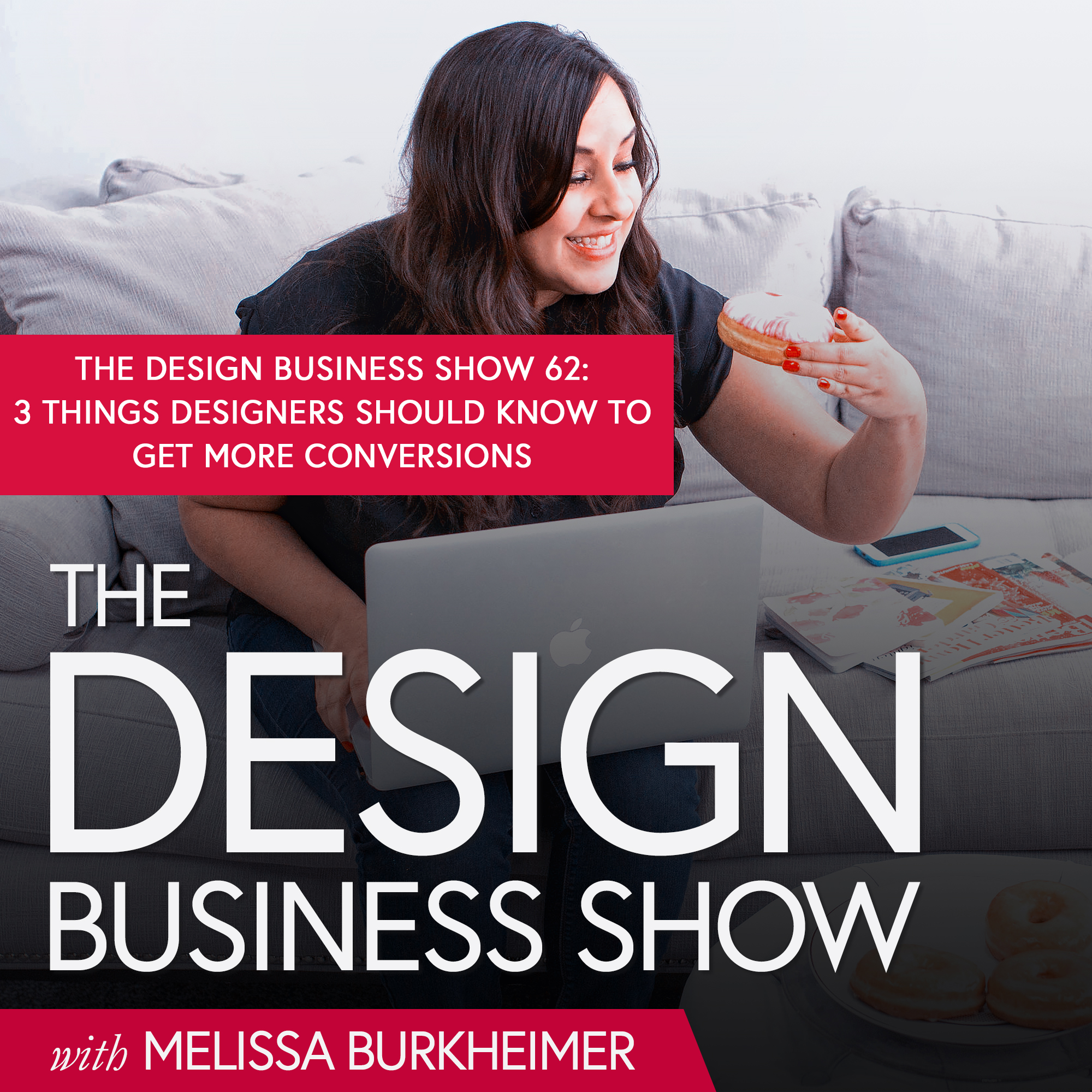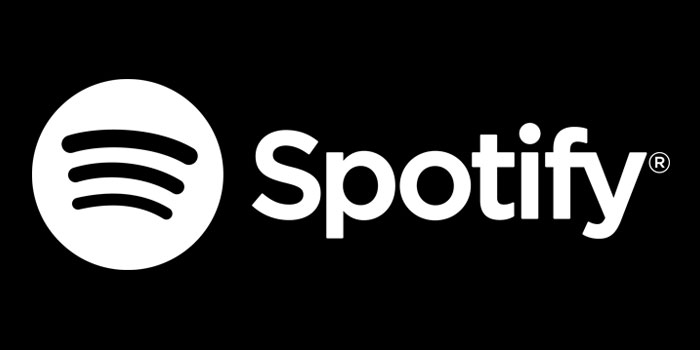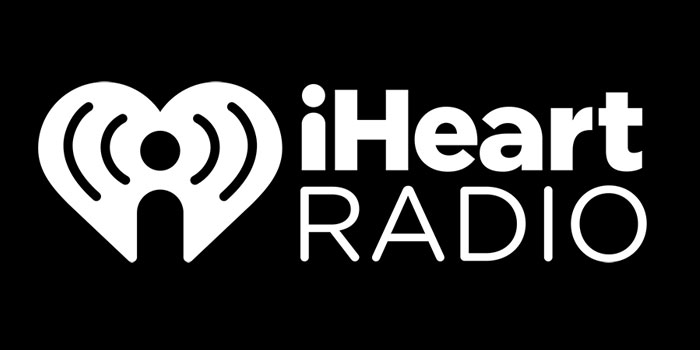In 2020 and beyond, no matter how much we like it or not, a more and more sales are moving online.
Even for brick and mortars, freelancers, retail brands, corporate brands, restaurants, and more.
As designers and creators, it’s important we keep up with the times so we can properly serve our clients as the world becomes more tech savvy.
I graduated from design school in 2005, so while it wasn’t that long ago, time has changed, and I don’t even know if in 2005 colleges would have known what was coming.
I started my design business in 2011 after I couldn’t find a part-time job in my field with flexible hours. My kids were still small, and I wanted to be able to take them to and from school and stay home on snow days.
A couple years after I started my design business, I came across people like Elizabeth DiAlto, Amy Porterfield, and Marie Forleo, and was totally fascinated by how they were marketing themselves online.
So, I bought courses from all of them.
In 2013, a FB friend posted that he needed a graphic designer. He needed help with a sales page for Amy Porterfield’s first course, FBInfluence, and after nervously raising my hand, I got the gig!
After finishing that project, I got so many referrals for sales pages I decided to give my local design clients a 60-Day notice that my pay-me-for-work-when-you-need-it package was ending.
Getting that first sales page project helped me learn how design plays a really important part in the transaction, and that was something I didn’t learn in design school.
I doubled my revenue in a really short time, and my sales page clients kept giving me more sales projects because they saw an ROI on their investment.
That’s when I learned the difference between graphic design and conversion design.
Graphic design, visual communication and branding DRIVE credibility.
CONVERSION DESIGN drives scalability.
Creating sales pages and managing launches for the influencers I was buying courses from taught me how to help my clients get better results for their launches.
I was hired to create sales pages for split testing, different buckets, and for FB ads and webinars.
The influencers I serve are so far advanced in marketing strategies that I stopped working with my local clients, and gave up my dream of being a production designer, because people didn’t understand what I did.
I was just having a conversation with my friend who is a VERY successful realtor, and she said “I finally understand what you do.”
But that wasn’t because I explained it to her very well.
It was because she has another friend in this online world who is a personal trainer with a global audience, doing a lot of the same things I’ve helped my clients do with sales page design, launch management, launch planning, conversion consulting and more.
One way I’ve helped one of my clients get more conversions is by helping them switch web companies.
The only local gig I have always had their website managed by a third party. The design was ugly, looked like it was from 1999, and they got about 25 online orders a month.
We changed website companies a few years ago to a company who specializes in conversions, and now they average 100 orders a month on non-busy months. That’s a 4X increase.
As designers, you don’t have to necessarily be an expert in all things conversion design, but you should be approaching your design projects with conversion in mind.
Pretty design isn’t going to last forever.
It’s why one of my new missions in life is to help businesses get better results with conversion design.
But, there’s a few more things you need to know and understand before you learn the part that design plays in the role.
The first thing is your customer journey.
To get started with your own customer journey, I recommend designers create their own customer journey for each of their current services.
The way you do this is you just write down all of the steps it takes from original inquiry, to delivering the final project.
To break it down, there’s 6 phases in most design projects:
- The inquiry phase.
- The sales phase.
- The onboarding phase.
- The first draft phase.
- The production phase.
- The final phase.
This may look different for every design business. And if you’re not a designer, I can give another example.
Think about when you want to order flowers.
First, you come across an occasion where you want to send someone flowers.
You search for a local florist.
Find one with bouquets you like.
Choose your bouquet.
Select add ons.
Select the delivery date.
Write the card message.
Enter your information.
Get ready to pay.
Then change your mind.
And then a box pops up offering you a discount.
You make the purchase.
You get an email that your order is confirmed.
Then you get an email when it’s being delivered.
And get an email inviting you to leave a review.
Throughout both of these processes, there is a customer journey taking place on the internet.
If any of the web pages we’ren’t mobile ready, had unreadable text, typos, copy that wasn’t clear, broken links, or a page that was ugly.
And if emails came with links that didn’t work, copy that didn’t make sense, or an email was even sent on the wrong day, those are factors that could prevent sales.
As a part of the team creating this process, it’s someone’s job to test this entire process before it ever goes live. If something is missing, or a new step in the process can be added to make it easier, or even a step removed, then it will create a better experience for the clients.
The second thing is creating a really great experience for your clients.
I’ve interviewed over 50 designers for this podcast, and all of them say this one thing; Provide a great experience for your clients. It’s one easy way to stand out from the crowd of the many designers out there. Most designers don’t do this, or don’t know how because they were never taught in school.
Create clear expectations on both sides of the project. Create a clear timeline. Ask the right questions before you get started. Episode 16 gives you the exact questions I ask in my sales page inquiry form.
Ask for feedback at the end of the project. Send a thank you note and a small gift.
Look for little touches that you can add during the delivery of your offer to always be top of mind!
The last thing is how to test and measure – and how to know what do test and measure.
This is how you learn when you’re going to get more conversions.
The 3 main things I recommend you measure are:
1. Opt in page rate: 20-50% are industry standards that are good.
When I create an opt-in page, I create one, and then duplicate the design and change the text.
2. Open and click rates in your inbox. On every email.
On my email list, I get the most clicks when I give a guide, so I created a new guide to help designers and anyone else who’s listening who wants it. You can get access at thedesignbusinessshow.com/conversion – no opt-in required.
3. The activity on your sales page, your landing page, your buy now button and all of it.
Simply installing Google Analytics on your page can help you track the behavior. Over the summer when I was launching my mastermind for designers, the steps in my customer journey were: apply, get on a call with me, and decide if it’s a good fit.
No crazy, annoying sales tactics. Just a simple yes or no.
I had launched this program twice before, so I knew it would convert, but during the first few days, I didn’t have as many applications as expected.
So, halfway through my applications are open period, I changed the button text to say “Book a Call” instead of “Apply Now.”
I booked 50% more calls than before when the button text said “Apply Now.”
That’s because I noticed what was going on.
If you think about someone having to apply versus just getting on the phone with me, the process is the same – just in a different order.
Feeling less pressure about an application versus just answering a couple questions about their goals and business – and I encourage you anytime you promote a group program or your clients promote something that requires an application, just change the text to say book a call.
In episode 63 coming up with Jamie DuBose, we get more down and dirty with what to really track and measure.
The art of getting conversions is truly a science, but good design, a good UX and more plays a part of it.
One time I had a client who rose to fame out of nowhere, and she had done $100K in sales with 2 combined launches. She came to me and wanted me to do her sales page, and with that launch, she did $750K in sales.
I’ve personally met people IRL at events who remember that sales page.
Designers truly can make a difference in the number of conversions they get, their clients get, and it’s going to be one of the ways that designers can stand out.
The good news for you is that you can learn more about this thing called Conversion Design.
I have two ways you can learn:
- Head on over to thedesignbusinessshow.com/conversion to get your free conversion guide. There’s no opt-in required.
- The earlybird for Conversion Design School™ opens the first week of December for a few days, so get on the waitlist to be the first to know when the doors open!
Thank you so much for listening!
Links mentioned:
Get on the waitlist for Conversion Design School™
Get the free Conversion Design Guide
Like what you heard?
Click here to subscribe + leave a review on iTunes.






